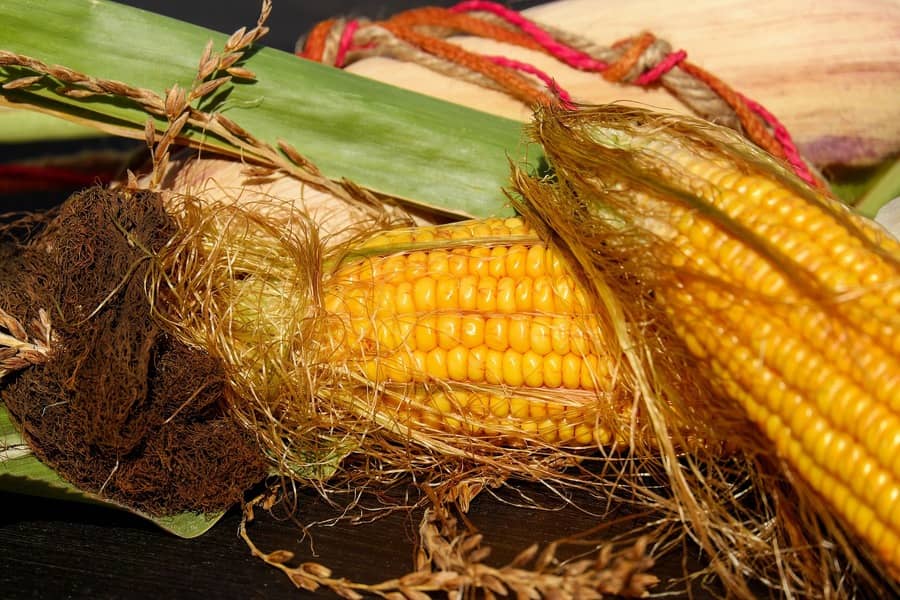Porto Alegre, October 31, 2023 – The external environment in the commodities market continues to be “contaminated” by the Middle East situation. The risk of triggering a more critical situation, escaping the initial phase of the war, in addition to a resumption of the acceleration of terrorism, with effects on oil prices, is the point of attention for the markets at this moment. US exports are now at a better pace than last season for corn, perhaps already reflecting a reduction in the flow of purchases from Brazil converging toward North America. The CBOT is once again looking for levels below USD 5.00/bushel, but, even with 40% of the crop yet to be reaped, prices are unable to reflect the high local stocks. As the final harvest phase approaches, the central point will be the oil price curve, as well as the flow of exports.
The US harvest was 59% complete last week, and work should be finished around November 10. With no new surprises on the productivity side, the market tends to focus on demand indicators from now on, the first of them being oil. The risk of a global recession, given the possibility of war in the Middle East, is putting pressure on commodity prices. However, the fact that the region involved in the conflict concentrates the majority of global oil exports leaves markets tense and ready for any more aggressive volatility ahead.
Rising oil affects the prices of ethanol and biodiesel, thus weighing on corn and soyoil. For now, oil, ethanol, corn, and soyoil have not demonstrated reactions that reflect a greater concern, which does not eliminate the “attention” factor.
In this way, corn is back in line with the reality of the US harvest. Prices returned to the level of USD 4.80/bushel for the December contract, having strong support near USD 4.70. With almost 40% of the harvest to be completed, the market may still find room to break this price support by December. For now, there is no chance of a super demand for ethanol that exceeds current forecasts, not least because there are industrial and regulatory limitations for this.
So, US exports will play an important role in “testing” the business year projections made by USDA. Until last week, US exports stood at 4.4 mln tons, slightly higher than the 3.77 mln in the same period of the last business year. Sales for the business year are at 16.2 mln tons, against 13.8 mln in the same period last year. Even with the problems with the draft of the Mississippi River, shipments and sales start the business year at a better pace.
This movement could improve from now on, at a time when Brazil begins to lose strength in future shipments. Plenty of internal retention by the grower and prices that begin to fail to liquidate exports could translate into a better space for the resumption of demand for US corn. This has little to do with the low draft of the rivers in the Amazon and, rather, with the reality of the Brazilian domestic market. Price lows on the CBOT, from now on, will depend on this pace of exports and internal selling pressures by US growers.
Follow the Safras Agency on our website. Also follow us on our Instagram and Twitter and stay on top of the main agribusiness news!
Copyright 2023 – Grupo CMA

